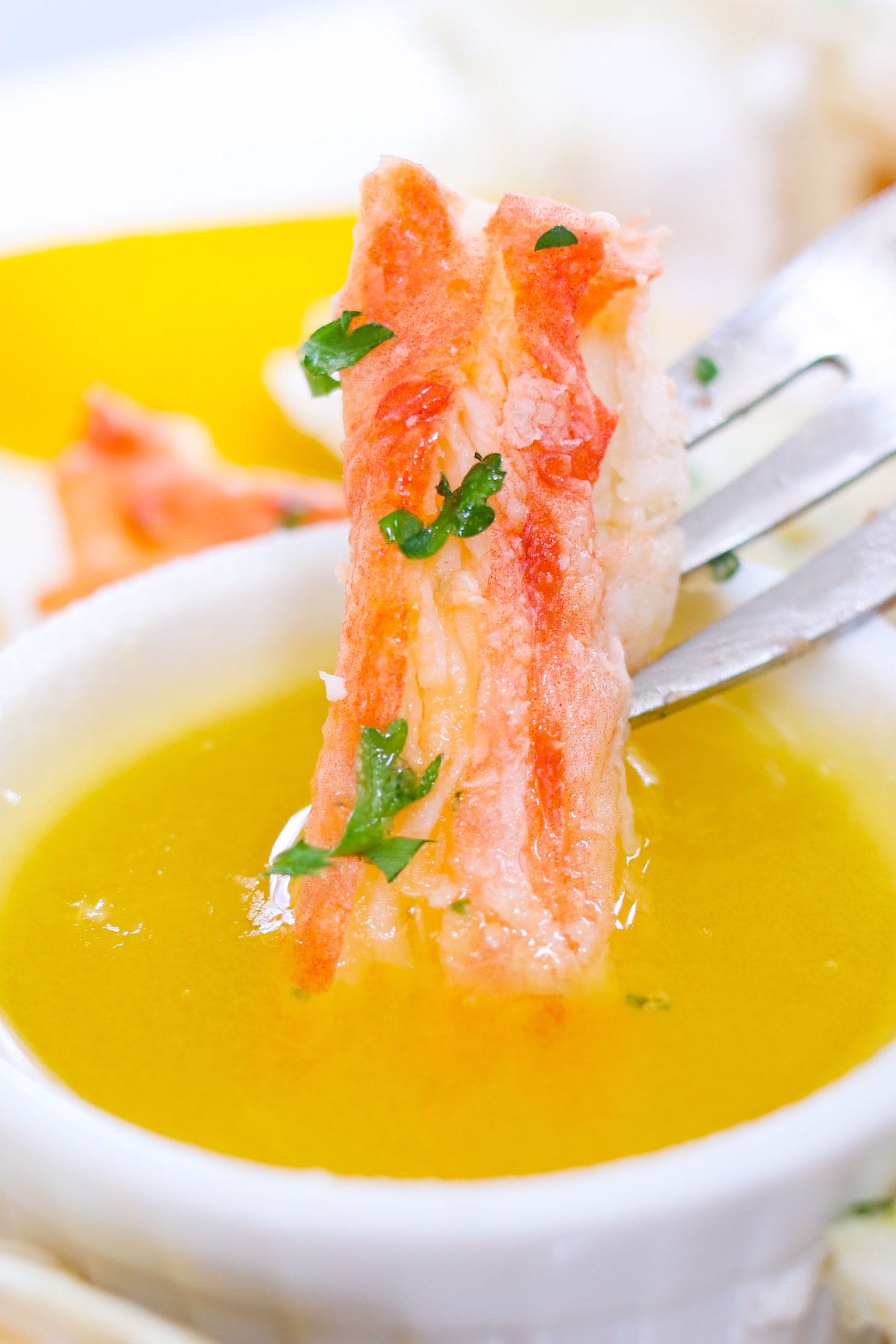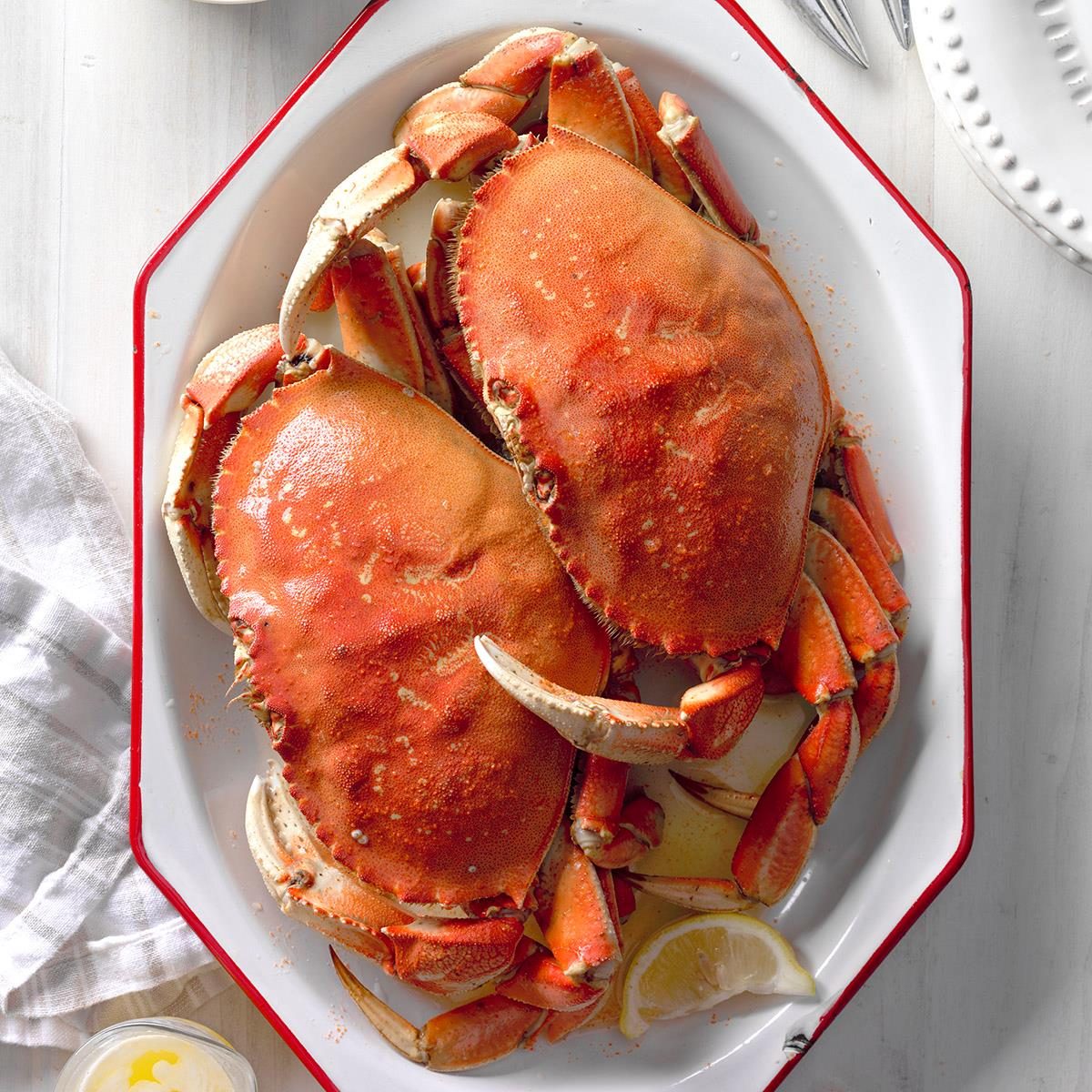Optimal Cooking: Perfecting The Time To Boil Crab Legs For A Flavorful Feast
Let’s talk about something that gets seafood lovers drooling—crab legs! Whether you're hosting a dinner party or simply craving a delicious meal, mastering the art of boiling crab legs is essential. But here’s the deal—timing is everything when it comes to optimal cooking. Too short, and you end up with undercooked, rubbery crab legs. Too long, and they turn mushy and lose their flavor. So, how do you get it just right? Stick around, and we’ll dive deep into the secrets of boiling crab legs like a pro.
Imagine this—you’ve just bought a batch of fresh crab legs from the market. They’re glistening, ready to be transformed into a mouthwatering dish. But wait! Before you jump into the cooking process, let’s break down the science behind boiling crab legs. It’s not just about tossing them into boiling water and hoping for the best. There’s a method to this madness, and understanding it will elevate your seafood game.
This article is all about helping you perfect the time to boil crab legs. We’ll cover everything from preparation tips to step-by-step instructions and even some troubleshooting advice. By the end of this, you’ll be confident enough to serve up a plate of perfectly cooked crab legs that’ll have your friends and family begging for seconds.
- What Is P Diddy Getting Charged With A Comprehensive Overview
- P Diddy Contact Information How To Reach The Music Mogul
Here’s a quick table of contents to guide you through this crab-cooking journey:
- Understanding Crab Legs and Their Varieties
- Preparation Tips for Optimal Cooking
- The Boiling Process: Step by Step
- Secrets to Perfect Timing
- Common Mistakes to Avoid
- Flavor Enhancements and Seasoning Ideas
- Storage Tips for Leftovers
- Nutritional Facts and Health Benefits
- Expert Advices and Tricks
- Conclusion: Your Ultimate Guide to Boiling Crab Legs
Understanding Crab Legs and Their Varieties
Alright, first things first—let’s talk about the star of the show. Crab legs come in different varieties, each with its own unique flavor and texture. The most common types you’ll encounter are Alaskan king crab, snow crab, and Dungeness crab. Knowing the differences between these can help you decide which one suits your taste buds best.
Alaskan King Crab
Alaskan king crab legs are the cream of the crop. They’re known for their large size and sweet, buttery flavor. These bad boys are a bit pricey, but trust me, they’re worth every penny. They’re also easier to cook because of their size, making them perfect for beginners.
- P Diddy And Suge Knight The Untold Story Of Two Hiphop Titans
- P Diddy And Ludacris A Deep Dive Into Their Careers And Influence In Hiphop
Snow Crab
Now, if you’re looking for a more affordable option, snow crab legs are your go-to. They’re smaller than king crab legs but still pack a punch when it comes to flavor. They have a delicate sweetness that pairs well with a variety of seasonings.
Dungeness Crab
And then there’s Dungeness crab, which is native to the Pacific coast. These crab legs are meatier and have a slightly nutty taste. They’re a great choice if you want something hearty and filling.
No matter which type you choose, the key is to ensure they’re fresh or properly frozen. Fresh crab legs will have a firmer texture, while frozen ones need to be thawed before cooking.
Preparation Tips for Optimal Cooking
Before you start boiling, there are a few prep steps you should follow to ensure your crab legs turn out perfectly. Here’s a quick rundown:
- Thawing: If you’re using frozen crab legs, make sure to thaw them properly. The best way is to let them sit in the fridge overnight. Don’t rush the process by microwaving or running them under hot water—it can ruin the texture.
- Inspecting: Give the crab legs a quick once-over to check for any debris or damage. You want them to be clean and intact before cooking.
- Snipping: Some people prefer to snip the shells before boiling to allow the flavors to penetrate better. This step is optional but can make a difference in taste.
By following these prep tips, you’re setting yourself up for success. It’s like laying the foundation for a great building—crucial and non-negotiable.
The Boiling Process: Step by Step
Now that your crab legs are prepped and ready, it’s time to dive into the boiling process. Here’s how you do it:
- Fill the Pot: Start by filling a large pot with water. Make sure it’s big enough to accommodate all the crab legs without overcrowding them.
- Add Seasonings: This is where you can get creative. Add some salt, Old Bay seasoning, garlic, or even a splash of white wine to the water. It’ll infuse the crab legs with delicious flavors.
- Bring to a Boil: Bring the water to a rolling boil. Once it’s bubbling, it’s time to add the crab legs.
- Boil the Legs: Gently place the crab legs into the pot. Let them boil for about 7-10 minutes, depending on their size. Larger legs will take a bit longer.
- Drain and Serve: Once they’re cooked, remove the crab legs from the pot and let them drain. Serve them hot with your favorite dipping sauce.
See? It’s not rocket science. With a little patience and attention to detail, you’ll have perfectly boiled crab legs in no time.
Secrets to Perfect Timing
Timing is crucial when it comes to boiling crab legs. Overcook them, and you risk losing their natural sweetness and texture. Undercook them, and you’ll end up with tough, chewy meat. Here are some secrets to nailing the timing:
Rule of Thumb: For most crab legs, a cooking time of 7-10 minutes is ideal. If you’re unsure, check them after 7 minutes. The meat should be opaque and easily pull away from the shell.
Test for Doneness: Use a fork to gently tug at the meat. If it comes out easily and has a vibrant white color, they’re done. If it’s still translucent, give them a few more minutes.
Adjust for Size: Larger crab legs will naturally take longer to cook. If you’re cooking a mix of sizes, start with the smaller ones and add the larger ones later.
Remember, practice makes perfect. The more you cook crab legs, the better you’ll get at judging the perfect timing.
Common Mistakes to Avoid
Even the best chefs make mistakes sometimes. Here are a few common ones to watch out for when boiling crab legs:
- Overcrowding the Pot: Don’t cram too many crab legs into the pot. They need enough space to cook evenly. If necessary, cook them in batches.
- Using Cold Water: Always start with boiling water. Adding crab legs to cold water can lead to uneven cooking and a lack of flavor.
- Skipping the Seasoning: Don’t underestimate the power of seasoning. It can take your crab legs from good to great.
Avoid these pitfalls, and you’ll be well on your way to becoming a crab-cooking master.
Flavor Enhancements and Seasoning Ideas
Let’s spice things up a bit, shall we? Here are some flavor enhancements and seasoning ideas to take your crab legs to the next level:
Herb Butter Sauce
Melt some butter and mix in fresh herbs like parsley, dill, or chives. Drizzle this over your boiled crab legs for an extra burst of flavor.
Garlic Lemon Dipping Sauce
Combine minced garlic, lemon juice, and olive oil for a tangy and aromatic dipping sauce. It’s simple yet oh-so-delicious.
Spicy Kick
If you like things with a little heat, add some red pepper flakes or hot sauce to the boiling water. It’ll give your crab legs a fiery twist that’s sure to impress.
Experiment with these ideas to find your perfect flavor combination. The possibilities are endless!
Storage Tips for Leftovers
Leftover crab legs don’t have to go to waste. Here are some storage tips to keep them fresh:
- Refrigerate: Store leftover crab legs in an airtight container in the fridge. They’ll stay fresh for up to 2-3 days.
- Freeze: If you want to keep them longer, wrap them tightly in plastic wrap or foil and freeze them. They’ll last for several months this way.
- Reheat Properly: When reheating, steam them instead of microwaving. It’ll help retain their texture and flavor.
With these tips, you can enjoy your crab legs long after the initial feast.
Nutritional Facts and Health Benefits
Crab legs aren’t just delicious—they’re also packed with nutrients. Here are some health benefits to keep in mind:
- High in Protein: Crab legs are an excellent source of lean protein, which is essential for muscle growth and repair.
- Rich in Vitamins: They’re loaded with vitamins like B12, which supports brain function, and vitamin C, which boosts your immune system.
- Low in Fat: Compared to other seafood, crab legs are relatively low in fat, making them a great choice for those watching their waistline.
So, not only are you treating your taste buds, but you’re also doing your body a favor.
Expert Advices and Tricks
Let’s wrap up with some expert advice and tricks to take your crab-cooking skills to the next level:
Use a Steamer Basket: Instead of boiling directly in the pot, use a steamer basket. It’ll prevent the crab legs from sitting in the water too long and help them retain their flavor.
Preheat the Oven: If you’re serving a crowd, consider preheating the oven to 200°F. Place the boiled crab legs in a baking dish and keep them warm until everyone’s ready to eat.
Pair with Complements: Serve your crab legs with complementary sides like garlic bread, coleslaw, or a fresh salad. It’ll make for a well-rounded meal that everyone will love.
These expert tips will help you elevate your crab legs from a simple dish to a gourmet experience.
Conclusion: Your Ultimate Guide to Boiling Crab Legs
There you have it—your ultimate guide to optimal cooking and perfecting the time to boil crab legs. From understanding the different varieties to mastering the boiling process, we’ve covered everything you need to know to create a delicious seafood feast.
Remember, the key to success lies in preparation, timing, and flavor enhancements. Don’t be afraid to experiment with different seasonings and sauces to find your perfect combination. And when it comes to storage, follow the tips to ensure your leftovers are just as tasty as the first bite.
So, what are you waiting for? Head to the kitchen, fire up the stove, and get cooking. And when you’re done, don’t forget to share your masterpiece with your friends and family. They’ll thank you for it!
Got any questions or tips of your own? Drop them in the comments below. And if you found this article helpful, give it a share. Let’s spread the love for perfectly boiled crab legs!
- P Diddy And Kanye West A Deep Dive Into Their Impact On Music And Culture
- Is P Diddy Homosexual Understanding The Rumors And Facts

How Long To Boil Crab Legs IzzyCooking

Seafood Boil Recipe With Crab Legs And Lobster Besto Blog

Classic Crab Boil Recipe How to Make It